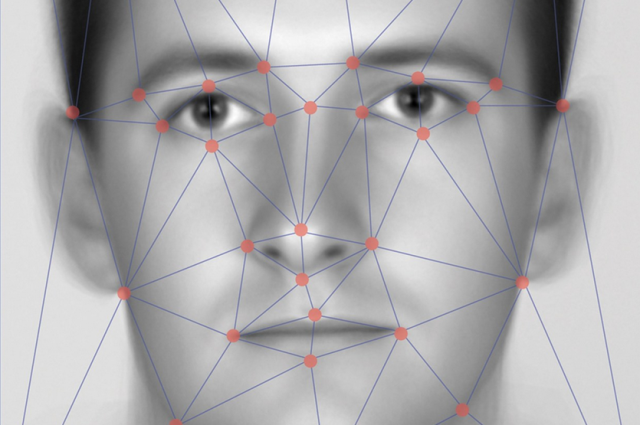Google is being overloaded with DMCA takedown requests. The company has seen the number of takedown notices from rightsholders quadruple over the past two years. In 2016 alone, Google is projected to process over a billion reported pirate links, most of which will be scrubbed from its search index.
Source: TF, for the latest info on copyright, file-sharing, torrent sites and ANONYMOUS VPN services.
 In an effort to keep people away from pirate sites, copyright holders are overloading Google with DMCA takedown notices.
In an effort to keep people away from pirate sites, copyright holders are overloading Google with DMCA takedown notices.
Since 2011 Google has removed more than a billion “pirate” links from its search results, and the two billion mark is only a few months away.
The number of requests from rightsholders has increased dramatically, up to the point where Google now handles around three million “pirate” links every day.
To illustrate this growth, we processed all the weekly takedown requests as reported in the search engine’s Transparency Report. This shows that 5.1 million pirate URLs were reported to Google in first week of June, 2014, a figure that increased to over 22 million two years later.
The weekly numbers fluctuate but the graph below illustrates the upward trend. If the current pattern continues then Google is expected to process over a billion reported links this year alone.
Google search DMCA notices, per week

The surge in takedown notices has also gained the attention of the U.S. Government. A few months ago the Copyright Office launched a public consultation in order to evaluate the impact and effectiveness of the current DMCA provisions.
This prompted heavy criticism from copyright groups, but Google itself maintains that the current system is working fine.
“The notice-and-takedown process has been an effective and efficient way to address online infringement,” the company informed the Copyright Office in April.
“The increasing volume of URLs removed from Search each year demonstrates that rightsholders are finding the notice-and-takedown process worthwhile, efficient, and scalable to their needs.”
While Google believes that the millions of reported URLs per day are a sign that the DMCA takedown process is working properly, rightsholders see it as a signal of an unbeatable game of whack-a-mole.
A coalition of hundreds of artists and music group has characterized the DMCA law as obsolete, dysfunctional and harmful.
“The notice-and-takedown system has proved an ineffective tool for the volume of unauthorized digital music available, something akin to bailing out an ocean with a teaspoon,” they wrote.
Together with many other rightsholders they are opting for broad revisions. Among other things they want advanced technologies and processes to ensure that infringing content doesn’t reappear elsewhere once it’s removed, a so-called “notice and stay down” approach.
Until that’s the case, they will probably keep the flood gates wide open.
Source: TF, for the latest info on copyright, file-sharing, torrent sites and ANONYMOUS VPN services.



 In an effort to keep people away from pirate sites, copyright holders are overloading Google with DMCA takedown notices.
In an effort to keep people away from pirate sites, copyright holders are overloading Google with DMCA takedown notices.

 Eine Petition mit mehreren tausend Unterschriften fordert vom Bankenverband sowie der Sparkassen-Finanzgruppe, Apple Pay in Deutschland zu unterstützen. Den Finanzinstituten scheinen andere Dienste aber wichtiger zu sein. (
Eine Petition mit mehreren tausend Unterschriften fordert vom Bankenverband sowie der Sparkassen-Finanzgruppe, Apple Pay in Deutschland zu unterstützen. Den Finanzinstituten scheinen andere Dienste aber wichtiger zu sein. (

